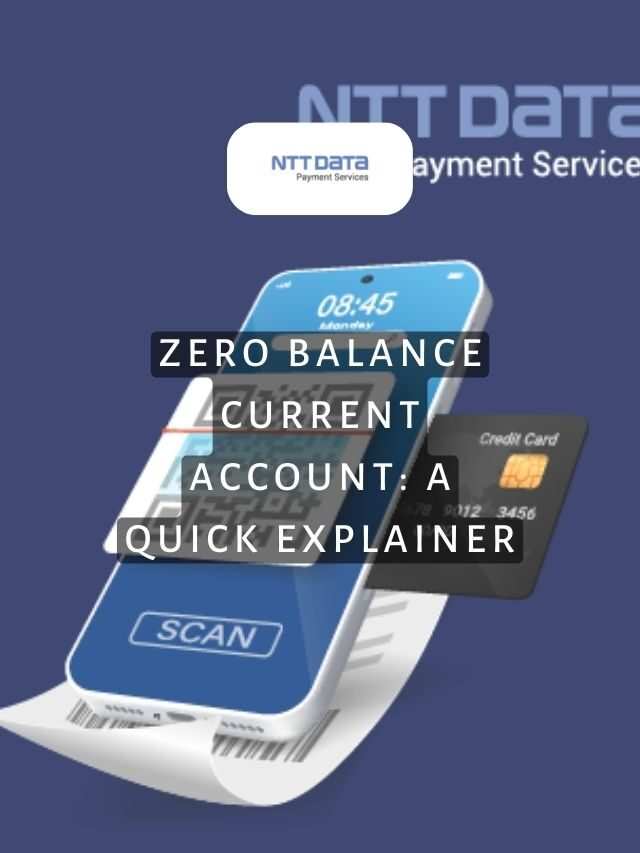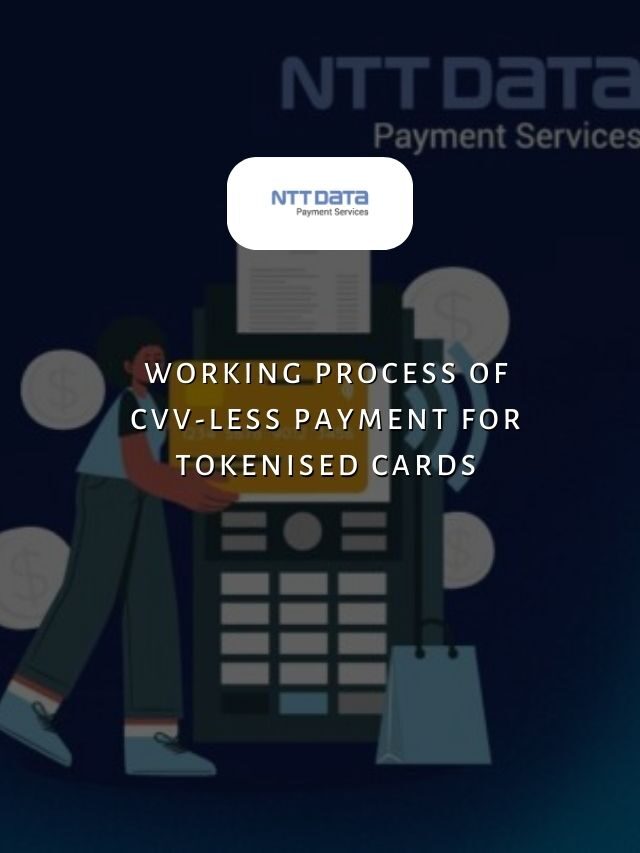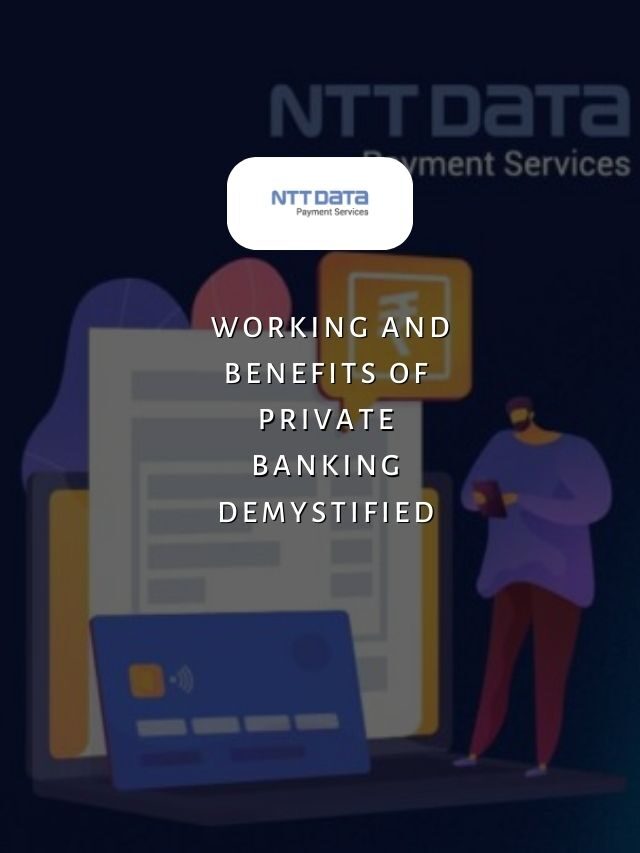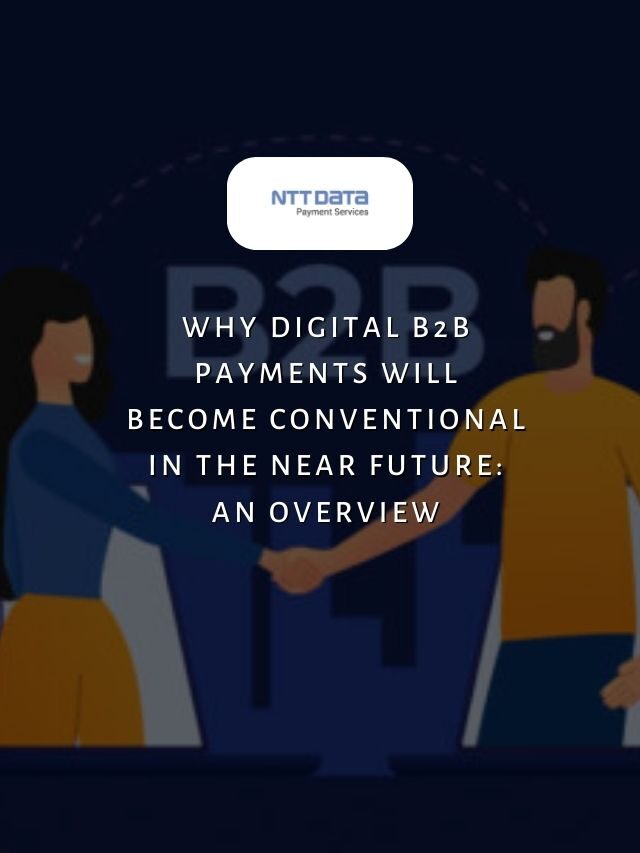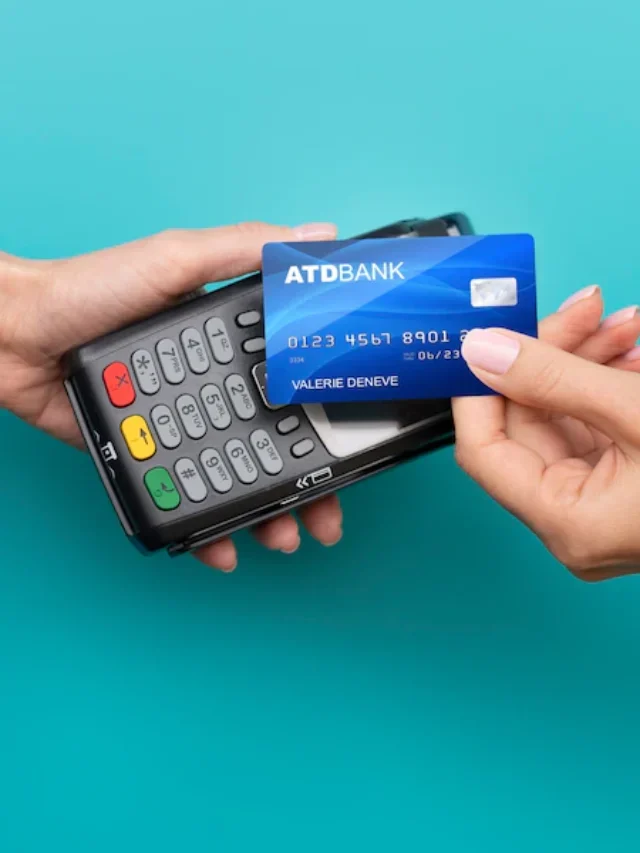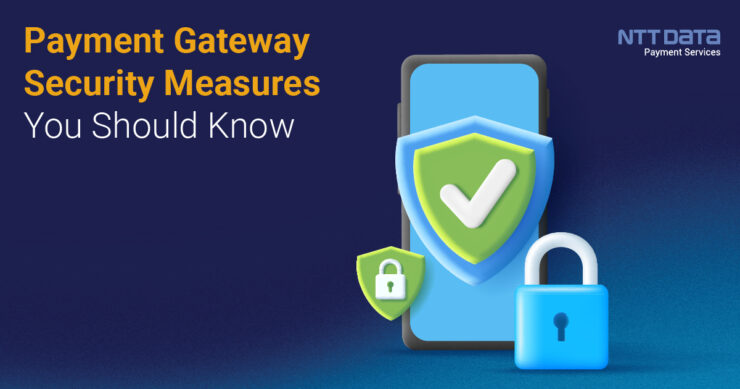
Table of Contents
Some of the key protections discussed include advanced encryption techniques that shield sensitive information during transmission. This involves strong user authentication, PCI DSS compliance, SET-Secure electronic transactions, data encryption, and regular penetration testing. Security awareness training helps staff to remain vigilant against the latest threats.
This blog post provides a technical overview of the payment gateway security measures that must taken to protect merchants and their customers during online transactions.
Securing Online Payments With The Best Security Measures
As e-commerce and digital transactions continue rising rapidly, the need to protect sensitive financial data online has never been more important. Yet cybercrime is also increasing, with payment card fraud costs projected to hit $35 billion globally by 2024.
Ensuring the security of merchants’ online transactions is the core priority. The goal is to give businesses confidence that their customers’ payment information is protected whenever they process an online sale.
In this blog post, Let me share some of the technical safeguards that enhance payment gateway security & trust in the industry.
Top 8 Payment Gateway Security Measures
Here are the top 8 key security measures you should implement to protect the payment gateway for businesses/merchants and their customers. 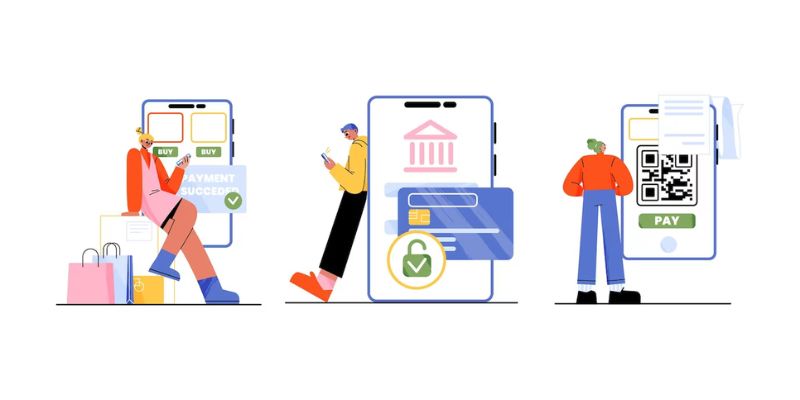
1. PCI DSS Compliance
The Payment Card Industry Data Security Standard (PCI DSS) is a set of regulations and compliance rules enforced by major card schemes. Businesses that handle credit or debit card transactions must comply with PCI DSS. This adherence guarantees a secure environment for credit and debit transactions, mitigating the risk of card theft and fraud.
For businesses that accept online payments, comprehending PCI DSS standards is crucial. It enables them to make informed decisions when selecting a payment partner.
2. SET – Secure Electronic Transaction
Secure Electronic Transaction (SET) is an encryption-based system and electronic protocol developed collaboratively by leading card schemes, VISA and Mastercard. SET ensures the protection of credit card payment data by concealing all personal information associated with the card.
This comprehensive encryption prevents unauthorised access to sensitive details by fraudsters. Additionally, SET restricts merchants from accessing the cardholder’s data, ensuring further privacy and data security.
3. Data Encryption
Data encryption serves as the primary mechanism employed by payment gateways to safeguard sensitive transaction data. When providing your card information during the checkout process, the payment gateway encrypts this data. Through encryption, the data is transformed into an alternative format or code, ensuring that only individuals possessing the secret key can access it.
Subsequently, the payment gateway decrypts the transaction using its private key. This process significantly diminishes the likelihood of unauthorised access to the data.
4. SSL – Secure Socket Layer
Secure Sockets Layer (SSL) is a security technology that establishes a secure connection between a payment provider and a customer’s web browser. It ensures that any data transmitted through SSL is encrypted. SSL is supported by all web browsers.
When a website directly handles transactions, it is imperative to have SSL implemented. However, if the website redirects visitors to a secure checkout page hosted on the payment gateway’s domain, having SSL on the website itself is not mandatory. In such cases, the payment gateway supplies the SSL link to the browser.
5. 3D Secure
3D Secure is an important protocol that helps enhance online payment security. It provides an extra layer of authentication when customers make purchases. During checkout, the customer is redirected to their bank or credit card issuer’s website after entering their payment details to verify the transaction.
This verification step, whether through one-time passwords, fingerprint authentication, or other methods, helps reduce the risk of fraud. Only the legitimate cardholder can confirm the purchase. Verification prevents fraudulent transactions from being completed if their card details become compromised.
6. Tokenisation
Tokenisation is an important security technique used in online payment processing that can help reduce the risk of fraud. It involves replacing sensitive account details like credit card numbers with unique payment tokens. These tokens are then used to identify transactions and authorise payments going forward.
By tokenising data at the point of sale or payment gateway, merchants and processors never directly access and store the full primary account number (PAN). If a data breach did occur, the tokens would be rendered useless to attackers rather than actual payment credentials being exposed.
When a customer wishes to purchase, the payment token is sent for authorisation rather than the full PAN. This token can be used repeatedly for future transactions between the consumer and merchant without needing to re-submit full card details each time.
7. Penetration Testing
Penetration testing is sometimes called ethical hacking. It involves having qualified security experts attempt to breach our systems in the same way criminals might so we can identify and address vulnerabilities proactively.
Both external and internal penetration tests must be conducted regularly. External tests mimic attacks originating from outside, while internal tests seek to compromise from within, simulating the risk of human error or a disgruntled employee. Finding weaknesses before real attackers do is crucial.
All penetration tests are carefully planned and approved in advance to avoid disruptions to operations. Rigorous testing helps ensure network segmentation, access controls, authentication methods, and other layered defences are robust enough to withstand determined hackers.
8. Employee Training
Employee training is crucial to any comprehensive security program. For those in customer-facing roles, the focus is on social engineering tactics like phishing scams and how to verify customer identities properly.
For engineers and other technical personnel, emphasise secure coding practices, incident response protocols, and how to identify and report potential vulnerabilities. Compliance training makes sure all staff are up-to-date on the latest industry regulations like PCI DSS.
This ongoing training seeks to foster a security-conscious culture where all staff feel empowered and equipped to help safeguard customer payment data.
|
Did you know? According to data from the PCI Security Standards Council, organisations that comply see an average of 78% fewer security incidents. They also saw a 60% drop in the total number of exposed cards compared to non-compliant companies. |
Securing Payment Gateway With NTT DATA Payment Services
Did you know that credit card fraud results in losses of over $24 billion globally each year, according to recent estimates? With criminals constantly refining their techniques, it’s no wonder payment security remains such a pressing issue.
Here at NTT DATA Payment Services, we work tirelessly through measures like advanced encryption, firewalls, and staff training to help reduce the impact of fraud and protect merchant revenues.
NTT DATA Payment Services offers a complete payment solution to advance both your offline and online businesses. From online payment gateways and POS machines to IVR payments, mobile applications, and Bharat QR Scan and Pay, we ensure maximum comfort, convenience, and safety for all your payments.
Building Trust Through Protection
While no system can be made completely impenetrable, following established best practices and industry standards significantly reduces risk. A well-secured payment gateway allows merchants to focus on growing their business, knowing transactions are handled reliably and efficiently in the background. Customers appreciate the convenience of flexible payment options without compromising security.
It is essential to put security and usability first to encourage the broad adoption of developing technologies. All parties (merchants, banks, and payment gateway providers) involved in digital commerce must continue to work together in a proactive, cooperative manner, emphasising openness, responsibility, and collaboration.
| Also, you can get frequent updates on nttdatapayments Instagram page. |
Payment Gateway Security Measures: FAQs
1. How do I secure my payment gateway?
Implement robust authentication, enable encryption for all transactions, apply the principles of least privilege to user access, and keep software updated regularly. Also, conduct penetration testing and security audits.
2. What payment gateway security standards should I follow?
Look for a gateway that adheres to PCI DSS, maintains ISO 27001 certification, undergoes regular third-party security audits, and can provide a current security assessment report.
3. How do I choose a secure payment gateway?
Consider a provider with a strong reputation, robust infrastructure protections, support for encryption and tokenisation, dedicated security personnel and policies, and a history of vulnerability responsiveness. Prioritise vendors with certifications like PCI compliance.
4. What are the threats of payment gateways?
Potential threats to payment gateways include
- Network intrusions
- Malware/ransomware attacks
- SQL injections
- Phishing scams
- Stolen credentials
These risks can expose sensitive cardholder data to fraud if not properly mitigated through measures like encryption, firewalls, and access controls.
5. What causes payment gateway failure?
Common causes include downtime at the processor, bank, or payment network, technical issues like server errors at the gateway, connectivity problems, maintenance, and high traffic volumes overwhelming systems. Proper testing, monitoring, and failover plans can help prevent and recover from failures.

